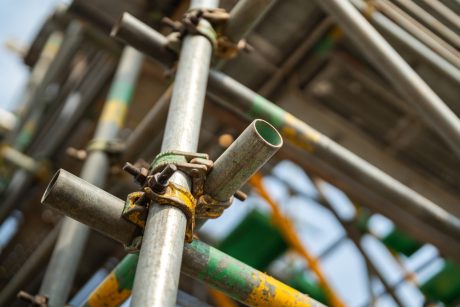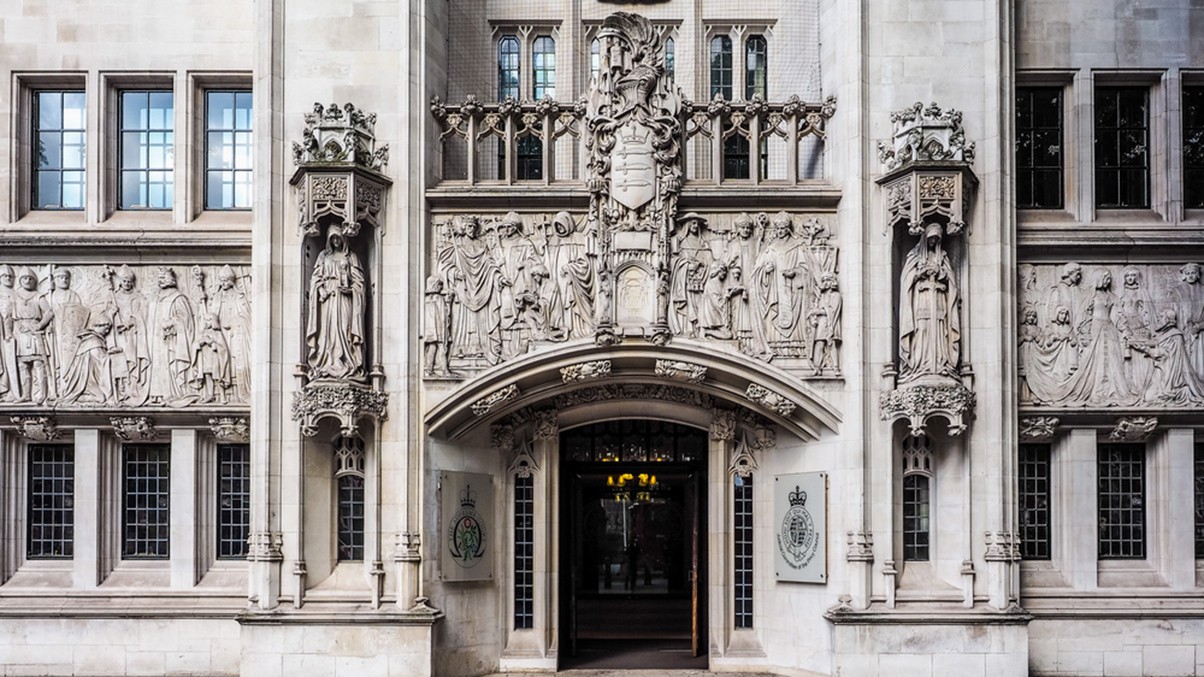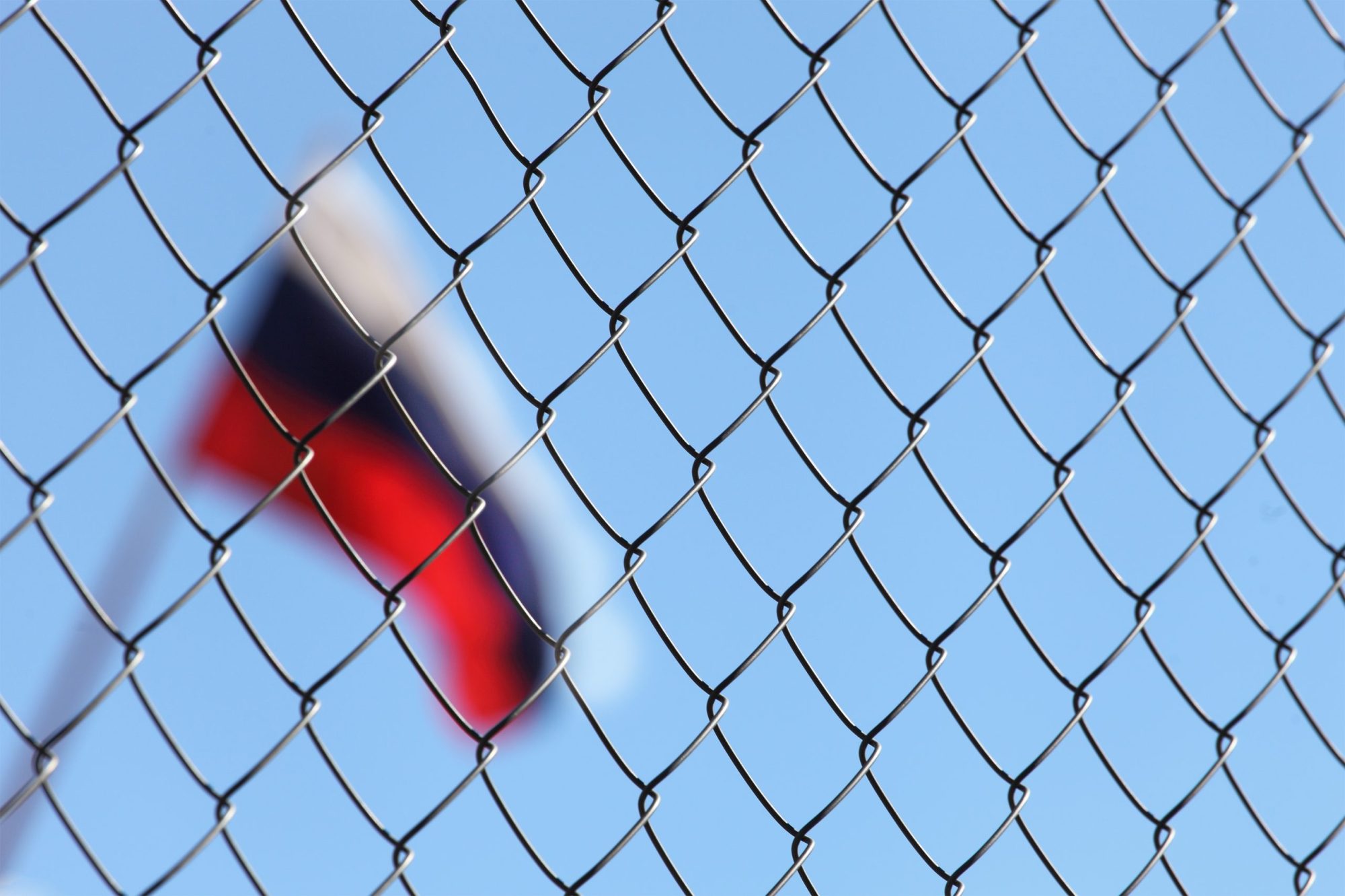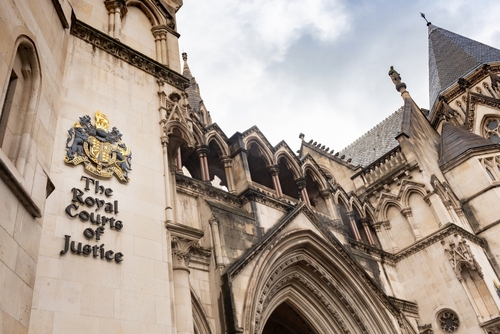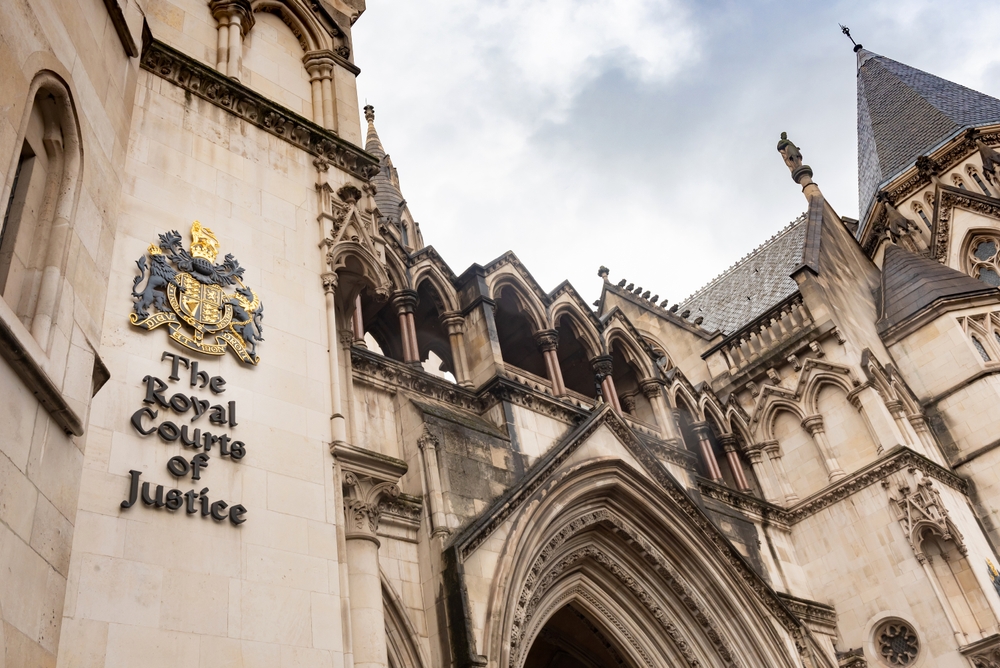In what appears to be a milestone judgment for the construction industry, for the first time, the Supreme Court has considered claims arising under the Building Safety Act 2022 (“BSA 2022”) alongside statutory duties owed to developers under the Defective Premises Act 1972 (“DPA 1972”).
The Supreme Court has handed down its long-awaited landmark judgment in URS Corporation Ltd v BDW Trading Ltd [2025] UKSC 21, in which a panel of seven justices unanimously dismissed URS’s appeal on all four grounds.
The judgment also provides guidance on the extent to which losses that have been incurred by developers “voluntarily” are recoverable from their subcontractors on the basis that they fall within their duty of care.
In this article, Jesal Parekh considers the key outcomes of the judgment and its wider implications against the backdrop of the BSA 2022, which holds those responsible for building safety defects to account.
Background facts
The developer, BDW Trading Ltd (“BDW”), appointed URS Corporation Ltd (“URS”) to provide structural design services for the construction of two residential developments, Capital East and Freemens Meadow, which reached practical completion by March 2007 and February 2005 to October 2021 respectively.
Following the Grenfell Tower disaster in June 2017, BDW undertook widespread investigations of its developments. Following the identification of structural integrity issues in other developments designed by URS, a review was carried out of Capital East and Freemens Meadow.
Although the blocks at Capital East and Freemens Meadow did not exhibit cracking of the type identified at other developments, the investigations showed they had been built to dangerously inadequate structural designs.
Notably, by the time the defects came to light in 2019, BDW no longer owned or had any proprietary interest in the relevant buildings. However, as a responsible developer, BDW took it upon itself to carry out the remedial works. As URS was responsible for the inadequate structural designs, BDW sought to recover the remediation costs from URS.
In March 2020, given that its contractual claim against URS was statute barred, BDW brought a tortious claim alleging that URS had breached its duty to exercise reasonable skill and care.
The interplay between the DPA 1972 and the BSA 2022
Section 1 of the DPA 1972 allows homeowners to pursue a claim against those responsible for constructing a new dwelling not fit for habitation upon completion, such as developers and contractors.
Previously, the time for pursuing such claims was six years from the date of practical completion of the dwelling. Section 135 of the BSA 2022 extended this time limit to:
- 15 years for all claims arising after 28 June 2022, when the BSA came into force, and
- 30 years retrospectively for any causes of action that have arisen within 30 years of the BSA coming into force.
The first instance and Court of Appeal decisions
Various legal issues were considered at first instance and by the Court of Appeal (“CoA”).
Following the introduction of the BSA 2022, BDW sought permission to amend its pleading and include a claim under Section 1 of the DPA 1972 and contribution claims under the Civil Liability (Contribution) Act 1978 (“CLA 1978”).
BDW was granted permission to amend its pleading, and the first instance judge found that the scope of URS’s duty extended to the claimed losses even though BDW no longer had any proprietary interest in the developments. However, the judge held that the scope of losses did not include “reputational damage”. The judge also held that BDW’s cause of action against URS accrued no later than practical completion of the developments.
URS appealed both the preliminary issues and the permission granted to BDW.
In the CoA, URS contended the losses fell outside of its duty of care, and BDW never suffered any actionable damage because either:
- BDW sold the buildings before the defects came to light and no longer owner them, and/or
- BDW was not required to carry out the remedial works as it had a complete limitation defence to any claim brought against it by the purchasers.
The CoA rejected this argument and confirmed the losses were within the scope of URS’s duty of care, which protected BDW against economic loss resulting from a defective structure of a building. It was irrelevant whether BDW had a proprietary interest in the developments.
In relation to when the cause of action in tort accrued, BDW argued the cause of action started when the developments achieved practical completion, whereas URS argued it accrued when the defects were found in 2019.
In considering the authorities, the CoA decided the timing of when the cause of action accrues depends on whether there has been physical damage. BDW’s claim was for economic loss, and therefore, there was no requirement for there to be physical damage. As such, it was held the cause of action accrues (at the latest) upon practical completion.
In relation to URS’s appeal of the court’s decision to grant permission to BDW to amend its pleading, URS contended the following:
- Even though BDW owed duties under Section 1(1) of the DPA 1972, it was not owed any such duty by other parties.
- The longer retrospective limitation periods imposed by the BSA 2022 could not apply to proceedings that were ongoing when the legislation was enacted.
- No claim had been made by the owners against BDW; therefore, BDW had no legal right to pursue third party claims under the CLA.
The CoA dismissed URS’s appeal on the basis that URS did owe BDW a duty and the interpretation of the DPA 1972 was not limited to individuals. Moreover, it determined that section 135 of the BSA 2022 did have retrospective effect, and there was nothing excluding its application to ongoing litigation.
In relation to the claim for contribution, the CoA ruled that a claim and/or judgment did not need to be commenced against BDW for it to seek a contribution from a third party.
This point was developed further by the Supreme Court and is discussed below.
Supreme Court’s decision
Ground 1 – Scope of duty and the “voluntariness principle”
It was an agreed fact between the parties that URS owed BDW a duty of care in tort to avoid pure economic loss, ie, avoid the costs of structural repairs.
The key question was whether this duty of care extended to losses that had been “voluntarily” incurred by BDW. URS argued that there was no legal liability for BDW to undertake the remedial works and, therefore, the losses were “voluntary”.
The Supreme Court rejected URS’s analysis of “voluntariness” and remoteness. It said there is no principle in English law that states that where a party has incurred losses which they had no legal obligation to assume and which were incurred voluntarily, they cannot seek to recover those losses from another liable third party.
However, Lord Leggatt emphasised the concept of “voluntariness” is relevant to issues of legal causation and mitigation, which are issues reserved for trial.
In any event, the Supreme Court found that it is “strongly arguable” that BDW was not acting voluntarily in paying for the repairs to be carried out on the following basis:
- If BDW did not carry out the repairs, there was a risk the defects could cause personal injury, for which BDW would have been liable under the DPA 1972 or in contract, such claims not being statute barred.
- Irrespective of whether the homeowner’s claims were time barred, BDW had a legal liability under the DPA 1972, and a limitation defence does not extinguish this.
- It was in BDW’s commercial interests to carry out the works to prevent reputational damage. Also, in light of the moral climate in the construction industry at the time, it was in the public interest to carry out the repairs.
The interplay between reputational damages (which Mr Justice Fraser excluded from BDW’s claimable losses at first instance and which was upheld by the later courts) and the point taken by the Supreme Court regarding commercial interests is interesting.
We anticipate the Supreme Court’s stance that it is irrelevant whether BDW can recover “reputational damages” when considering whether the losses were incurred “voluntarily” is likely to cause some debate in the context of mitigation and causation considerations.
Overall, the Supreme Court held that BDW had no “realistic alternative” than to carry out the repair works. Ground 1 was dismissed, given there is no rule of law that meant the repair costs fell outside the scope of the duty of care or were too remote.
Was Pirelli correct? – accrual of the cause of action
Pirelli General Cable Works Ltd v Oscar Faber & Partners [1983] 2 AC 1 (“Pirelli”) considered the accrual of a cause of action in negligence, particularly in the context of latent damage. In Pirelli, the House of Lords held that a cause of action accrues when the damage occurs and not when it is discovered.
To recap, URS contended that BDW’s cause of action in tort had already accrued at the time it sold the developments. However, the CoA held BDW’s cause of action in tort accrued at the latest at the date of practical completion.
The panel of seven justices anticipated whether they would need to consider whether Pirelli would need to be overruled. However, given it was determined that even if BDW’s decision to pay for the remedial works was “voluntary”, this did not mean the losses could not be claimed. Thus, the point about when the cause of action accrued fell away.
The Supreme Court decided this was not the appropriate arena to address the shortcomings of Pirelli.
Ground 2 – application of section 135 of the BSA 2022
It was agreed that section 135 of the BSA applies to a claim brought under section 1 of the DPA. However, URS contended that the retrospective extension should not apply to related claims in negligence or for contribution. Further, URS’s position was that the remedial works were carried out voluntarily and prior to the enactment of the BSA 2022 and, therefore, the extended limitation periods should not apply.
BDW’s position was that the amended limitation periods are to be treated “as always having been in force”.
The question was whether the retrospectivity of section 135 of the BSA 2022 applies to claims that are dependent on the time limit under the DPA 1972 but are not actually claims brought under the DPA 1972.
The court noted that it would be “legally incoherent” to have differing limitation positions between claims advanced by homeowners against BDW under the DPA 1972 and claims for negligence and/or contribution by BDW against URS.
The Supreme Court rejected URS’s argument. It stated there was no reason to restrict the application of section 135 of the BSA 2022 to claims made under the DPA 1972. In line with the purpose of the BSA, it determined that the retrospectivity should extend to claims in negligence and for contributions that are dependent on the limitation period applicable to section 1 DPA claims.
In practice, this means the 30-year limitation period will apply to claims for negligence and contribution for building safety defects by developers against their subcontractors.
Ground 3 – did URS owe BDW a duty under Section 1(1)(a) of the DPA 1972 and the losses recoverable
Section 1 of the DPA 1972 states:
“1. Duty to build dwellings properly
(1) A person taking on work for or in connection with the provision of a dwelling (whether the dwelling is provided by the erection or by the conversion or enlargement of a building) owes a duty—
(a) if the dwelling is provided to the order of any person, to that person; and
(b) without prejudice to paragraph (a) above, to every person who acquires an interest (whether legal or equitable) in the dwelling;
to see that the work which he takes on is done in a workmanlike or, as the case may be, professional manner, with proper materials and so that as regards that work the dwelling will be fit for habitation when completed.”
URS contended the duty does not extend to developers, and the purpose of the DPA 1972 was to protect purchasers of new dwellings. It was not intended to be a recourse for developers, who can instead use avenues of contract and tort for protection.
Unsurprisingly, the Supreme Court rejected this submission on the basis that under section 1(1)(b) of the DPA 1972, the duty is owed to every person “who acquires an interest in the dwelling” and section 1(1)(a) applies to persons other than purchasers of a dwelling, who “order” the construction of the dwelling.
This was intended to encapsulate first owners, ie developers, and therefore, BDW was owed a duty by URS under the DPA 1972.
Ground 4 – can BDW bring a claim against URS under section 1 of the CLA 1978?
The CLA 1978 provide a statutory right for liable parties to seek to recover contributions from one another for losses arising from the same damage.
URS’s position was that BDW could not bring a claim for contribution against it because a right to recover contribution does not arise until a judgment, an admission of liability or a settlement has been reached in respect of the loss. Given no claims have been advanced by the homeowners against BDW and were unlikely to be advanced as BDW had already undertaken the remedial works, no contribution claim could be advanced.
BDWs argued that the right to recover arises when damage is suffered by a claimant, ie when the damage was suffered by the homeowners at practical completion.
Lord Leggatt rejected both positions and provided useful clarification, finding that the right to recover arises when (i) damage is suffered by the claimant for which two parties are liable (called “D1” and “D2” by Lord Leggatt), and (ii) D1 must have paid for, been ordered to pay or agreed to pay compensation for such damage. It was noted that a “payment in kind” by way of carrying out remedial works, is sufficient for the second limb.
It is at this point a cause of action for contribution is crystallised and the limitation period of two years under the CLA 1978 begins.
Key takeaways and comments
The judgment follows a clear line of recent building safety authorities in respect of the BSA 2022, which aim to bring those responsible for building safety defects to justice. It demonstrates the courts’ robust approach and is in line with public policy.
For policyholder developers, this should be a welcome judgment as it confirms they are owed statutory duties under the DPA 1972. Notably, these duties will not be limited by provisions such as limitation of liability clauses in contractual documents.
In light of the court’s approach to voluntary losses, developers can feel some ease that remediation costs will potentially be recoverable from subcontractors downstream and will be treated the same by the courts as costs for which a developer has been found to be liable. This is particularly relevant for construction developers who have signed up to the “government pledge” (which is a commitment by developers to address fire safety defects in buildings they developed or refurbished), or who have agreed to carry out remedial works without certainty as to which losses will be recoverable.
Furthermore, the clarification provided on the requirements to bring a contribution claim and the inclusion of “payments in kind” (which can be valued in monetary terms) will essentially allow construction developers to bring contribution claims earlier rather than later.
You can find further information regarding our expertise, experience and team on our Policyholder Disputes page.
If you require assistance from our team, please contact us.
Subscribe – In order to receive our news straight to your inbox, subscribe here. Our newsletters are sent no more than once a month.

